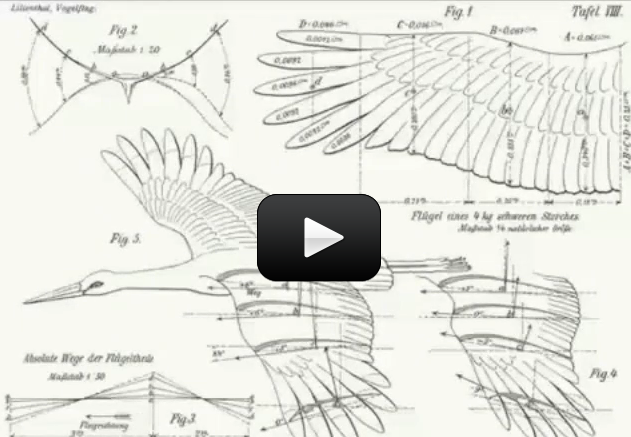Imagine leaving your home every year and traveling hundreds of miles to a completely different place, only to return home later in the year. As amazing as this sounds, this is exactly what many species of birds do in a process called migration.
Please login or register to read the rest of this content.


Look here: https://en.wikipedia.org/wiki/Flight_feather
https://www.sciencelearn.org.nz/resources/308-feathers-and-flight
what feather is the most important when it comes to migrating? All of them, or are a couple of feathers more important?
they look so graceful once they get in the air!
It looks quite hard for the birds to fly in that video because of the slow motion. I think I would be very tired if I were a bird!
wow in the video the geese where flying in slow motion and you could see that they were starting off running on water!!!!
the geese tend to be bigger in south than others in the north
You’ve actually hit on something of a controversy. For many years, there was no debating the fact that Canada Geese migrated. They spent their winters in New England and then went back up to Canada. But about 40 years ago, it seems that many of the birds just stopped migrating. Development had come to many of the areas of the U.S. where the birds spent winter and the geese preferred the short grasses of well-manicured lawns and golf courses that came along with development to the harsh Canadian winter. Although some birds still migrated, decent sized populations no longer did – they stayed in one location or the other.
Now, here’s where the controversy comes in. The U.S. and Canada have both signed the Migratory Bird Act of 1917, which prohibits the hunting of migratory birds. Some people are now arguing that Canada Geese are no longer migratory, and therefore no longer eligible for protection. They see the birds as an overpopulated pest and would like to be able to hunt them to thin the herd. This is a great example of human action having a major impact in the natural world.
So all this is a long way of saying that yes, you probably are seeing birds who are not migrating, and you are not the only one who has noticed. Keep on observing – that’s how science begins!
I live in Canada and all the books say that Canada geese fly south in the fall. Why do I always see them flying every direction BUT south in October/November?